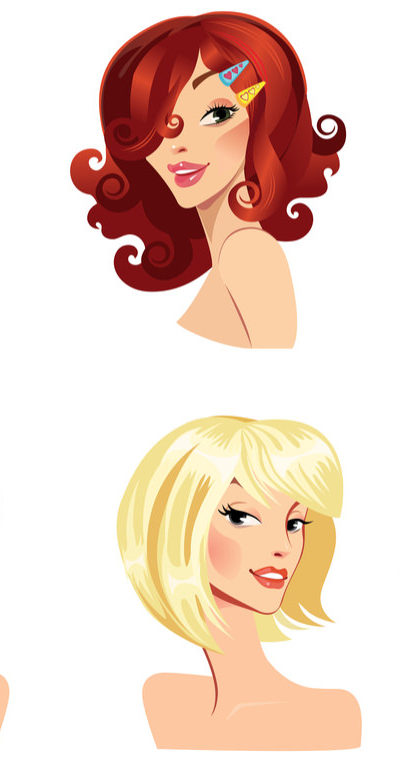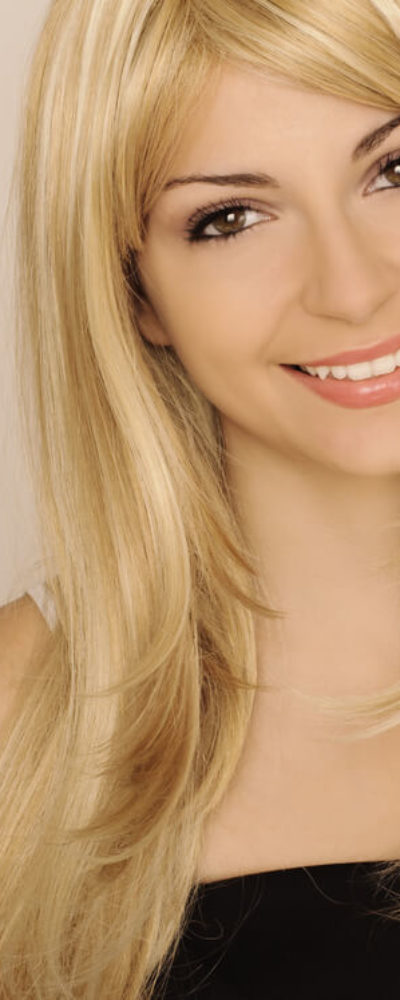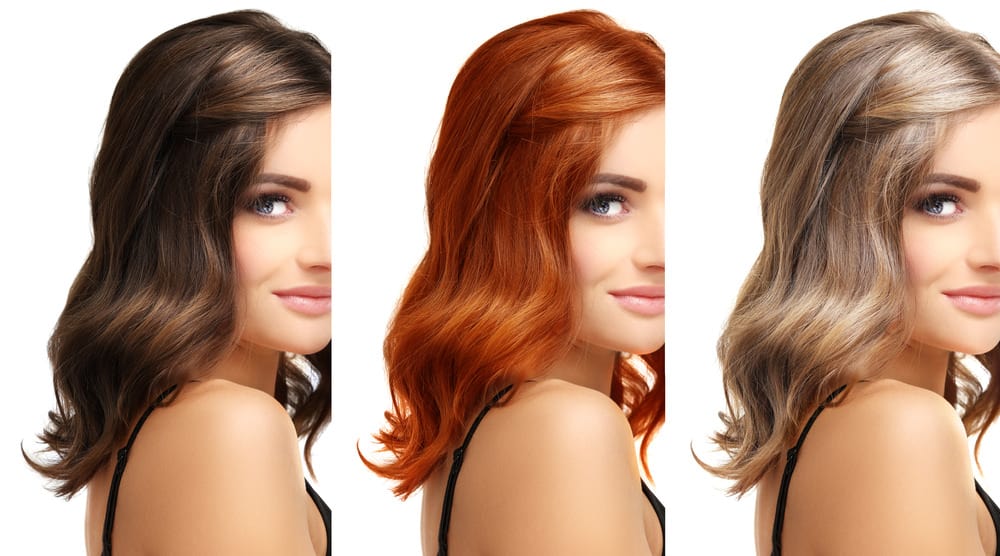 Our hair color defines us, and it’s important and worth noting that it even shows up as a descriptor on driver’s licenses. When describing someone, you probably bring up their hair color, right?
Our hair color defines us, and it’s important and worth noting that it even shows up as a descriptor on driver’s licenses. When describing someone, you probably bring up their hair color, right?
Hair color is amazing if you stop thinking about how it can transform throughout one’s lifetime. Some women had white-blonde hair when they were young, but their hair color is considerably darker as they reach adulthood. Others when are born with dark hair and have dark hair their whole life.
Are you the only redhead in a family of brunettes? Like other traits, genetics play a significant role in women’s hair colors, and you can’t always predict the color of your hair, especially as you age. While some women get gray or white hair, others notice it darkens.
Now, let’s look at some of women’s most common hair colors.
Red Hair
Visit our women’s red hair photo gallery 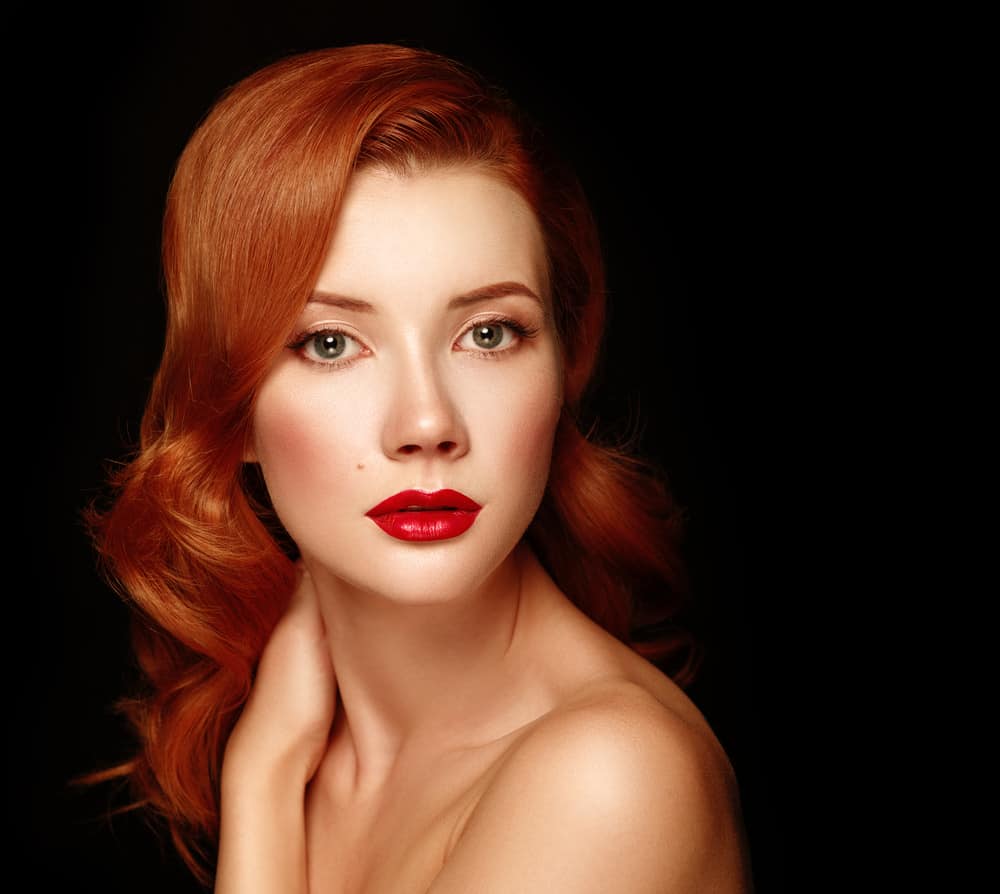
You may not know if you have naturally red hair, but you’re a bit of a gem in the rough. Red hair is rare, but it’s an envied hair color among other women. Did you know that women with red hair have less hair than women of different hair colors?
Women with blonde hair have about 140,000 strands, while redheads have less than 100,000 strands. Since red hair strands are usually thicker, redheads look like they have a full head of hair.
While red hair is most popular in the UK and the US, redheads are also popular in other parts of the world, such as Asia and Pakistan.
Personality Traits of a Redhead
Whether you fit the stereotypes or not, redheads are usually viewed as mysterious and feisty. Women with red hair are often perceived as being more romantic, passionate, and even sexually promiscuous.
Are you a bit of a hothead, have a bad temper, or are you opinionated? If you have red hair, you could blame your hair color, or it could just be a coincidence.
If you were or are teased about the color of your hair, brush it off and be proud that you’re one of a kind.
Blonde Hair
Visit our women’s blonde hair gallery 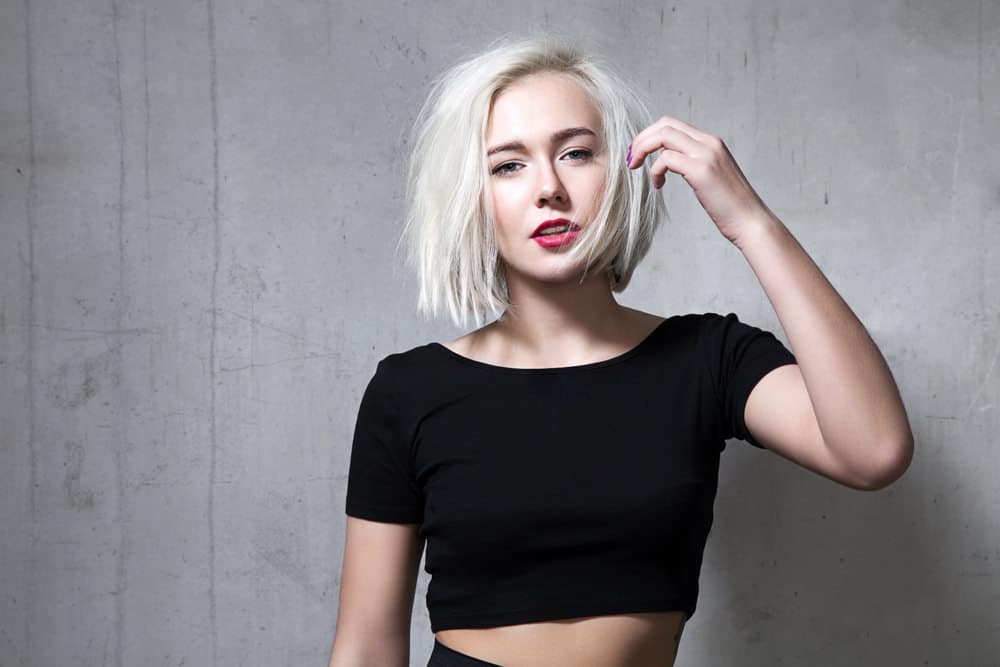
Speculations that blondes are on the brink of extinction are nothing new, as people have been speculating on the decline of blonde hair for centuries. While many theories and factors may hold up as a good argument, natural blondes aren’t going away any day soon.
While only about 2 percent of American adults are natural blondes, they have more hair on their heads than brunettes or redheads. While blondes can be spotted all over the globe, Northern Europe has the highest concentration of fair-haired folks.
Although blonde hair is one of the most sought-after hair colors (when dying hair), light-colored hair is a genetic mutation that helped early inhabitants survive in low-light conditions. Other hair colors have varying shades, but a blonde can have platinum blonde (white-blonde) hair, “dirty” blonde, or even dark blonde hair.
Personality Traits of a Blonde
Like redheads, blondes face a lot of stereotypes; some may apply to you, others may not. You’ve probably heard that “Blondes have more fun ” and there’s also the famous movie, starring Marilyn Monroe, Gentlemen Prefer Blondes. (Marilyn Monroe was not a natural blonde, but her platinum blonde hair made her famous).
Generally, women with blonde hair are often considered high maintenance. Blondes are also more likely to get a divorce. Blondes are often perceived as feminine, naive, flighty, childlike, and intellectually inferior. There are probably a lot of smart and strong blondes who would have to disagree with those stereotypes.
Brown/Brunette Hair
Visit our women’s brunette hair photo gallery. 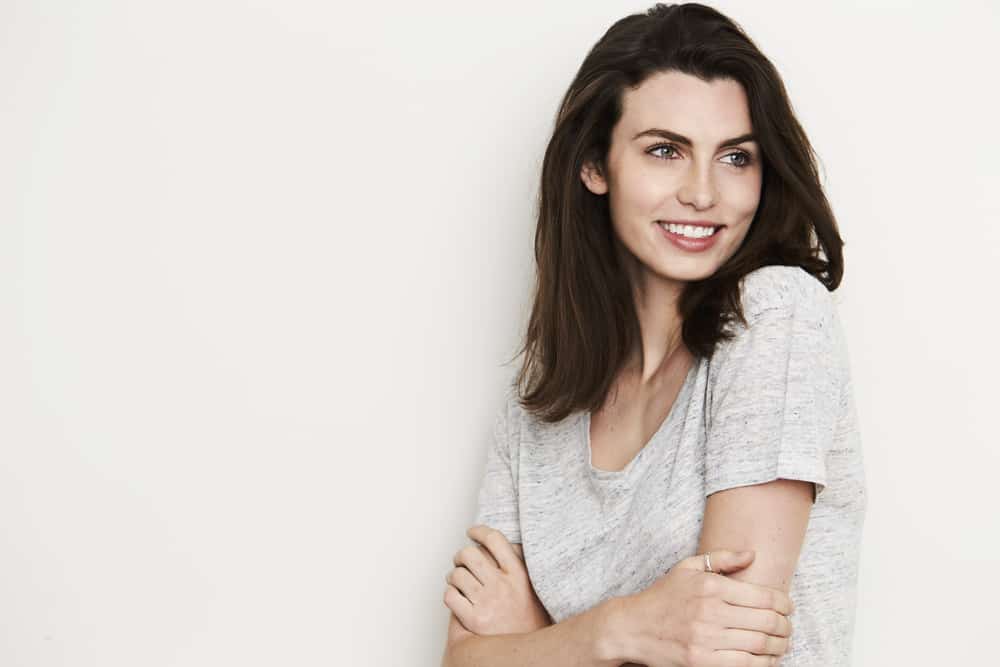
Next to black, brown is one of the most common women’s hair colors. You’ll likely encounter many brunettes (people with brown hair) wherever you go. Like other hair colors, brunettes have various shades of brown. If you have brown hair, you might have what you call “mousy” brown hair, but your sibling has a dark brown hair color.
Many brunettes abandon their natural hair color when they’re younger to see what it’s like to live as a blonde or a redhead, but most return to their natural roots (and all-over color).
Interestingly, women with brown hair are more likely to experience thinning of hair and baldness and may have a tougher time kicking nicotine habits.
Personality Traits of a Brunette
Women with brown hair are usually taken more seriously than those with blonde hair. Brunettes are also often perceived as more competent than fair-haired women, which can open up more academic and career opportunities. Women with brown hair can also be more serious, be authority figures, and be hardworking.
Remember, all of the so-called personality traits associated with women’s hair colors are stereotypes. While you may meet a serious brunette who is good at being authoritative, you may know another who is silly and hates being in charge.
Black Hair
Visit our gallery featuring women with black hair. 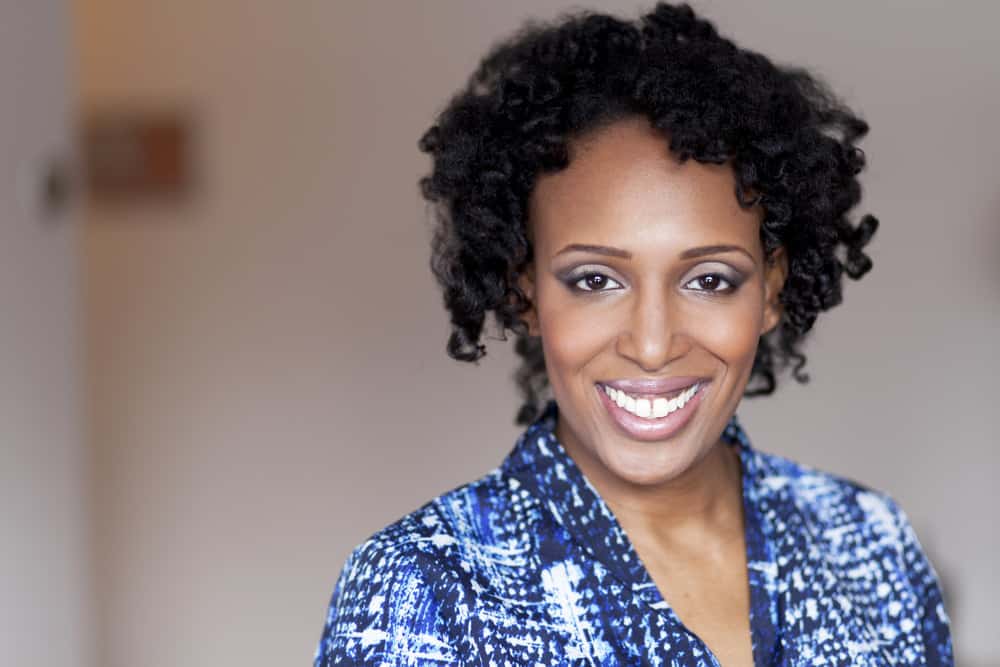
Go anywhere in the world, and you’ll notice that black hair is the most popular natural color. While all colors of hair have various textures, black hair is probably the most diverse, as it can be predominately kinky and curly in countries throughout Africa or stick straight and shiny in Asian countries.
While many women with black hair have darker skin tones (originating from countries throughout Latin America or Africa), it’s not uncommon to meet women with black hair and pale skin whose lineage may be from a country like Ireland.
Personality Traits of a Woman With Black Hair
Women with black hair are usually perceived as introspective, serious, mysterious, and a little melancholic. With an interest in religion, poetry, or spirituality, a woman with black hair may also be an ideal candidate for being a therapist. A woman with black hair may also be a little self-centered and filled with self-doubt.
Gray and White Hair
See our gray hair gallery here and our white hair gallery here.
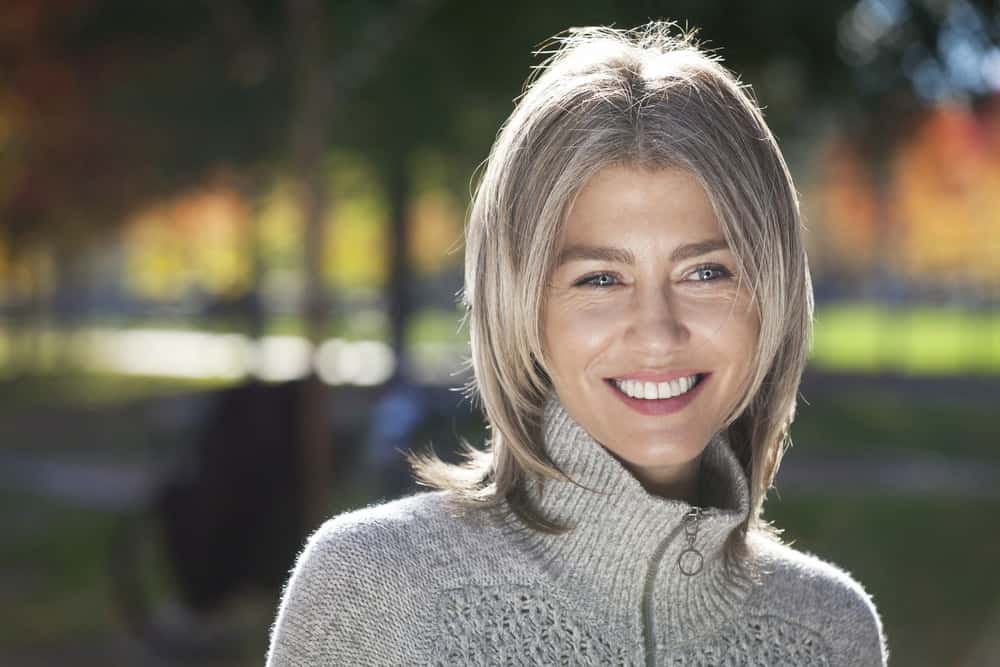
While gray or white hair is not technically a hair color for most women until they are well into adulthood, it is a fascinating natural color change. Premature graying can happen to anyone, but it is more likely depending on our genes and whether or not our relatives went gray in their 20s or 30s.
Although your genetics are one of the biggest contributing factors to your hair color and whether or not you’ll go gray (and when), stress can turn your hair gray, as can lifestyle (such as not getting enough B-12).
Some women loathe their gray and white hairs, while others go ahead and embrace them. You can always try to dye them with hair dye, but gray and white hair can resist hair dye.
What are some stereotypes about gray hair? Many people assume that women with gray hair are older than they are, but graying seems to be more accepted (and some women even dye their hair gray). Women with gray hair may receive more respect and may even be viewed as being a little more refined.
Ombré
Check out our main ombré hair gallery here. 
Ombré hair is a style where it’s a gradual shading of color from dark to light. The color change can start close to the roots or further down the hair.
It should not be confused with balayage, merely the coloring technique used, whereas ombré is the resulting style.
It’s an enormously popular style because it looks good while the hair grows.
Balayage
Click here for over 200 balayage color examples. 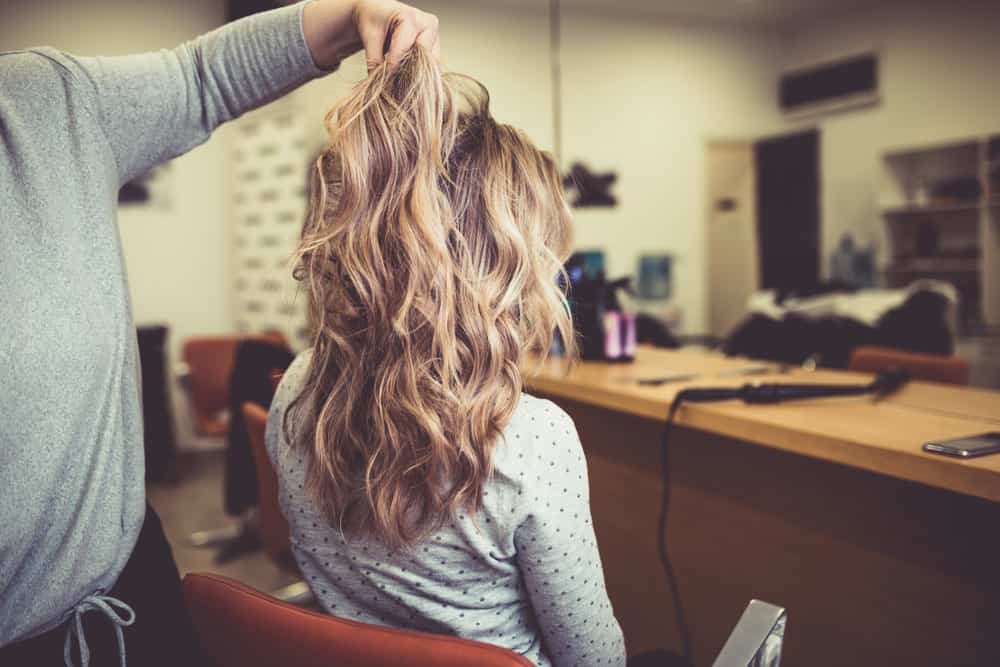
If you want color gradation slightly more subtle than ombré, check out the balayage color technique.
Metallic
See our entire metallic hair color for women gallery here.
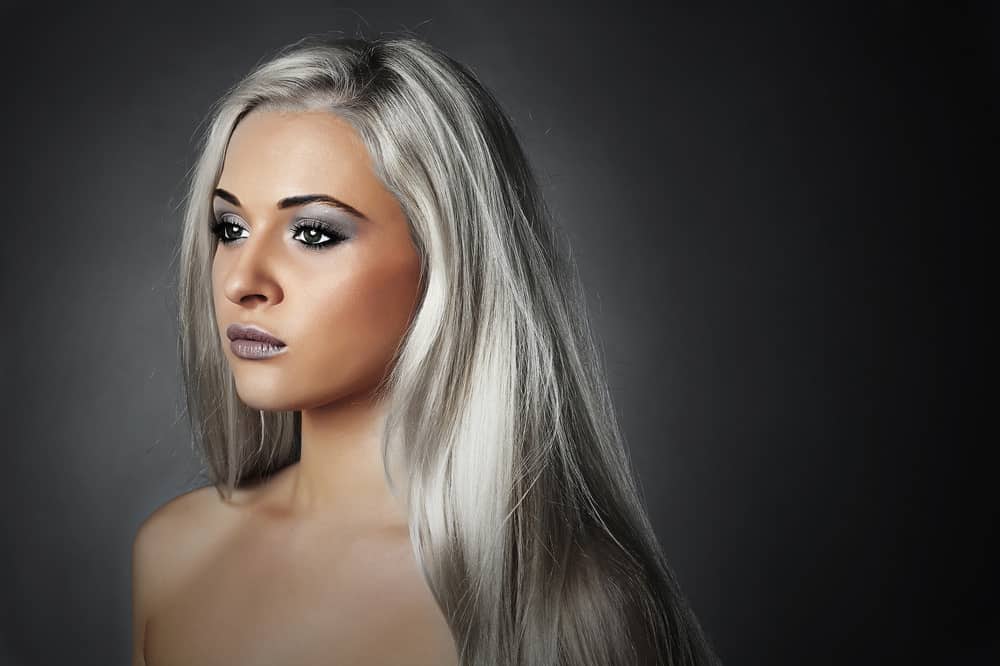
Changing Your Hair Color
You probably get bored with your hair color if you’re like millions of other women. Maybe you’ve been a blonde or brunette and want a little change. Today, more than 75 percent of women are color (or have dyed their hair). In 1950, only about 7 percent of women colored their hair.
Changing one’s natural hair color has a long history that goes way back, before hair salons and over-the-counter hair dye. The Egyptians used henna to cover up grays, and the Greeks and Romans experimented with plant matter to make hair dye.
Today, if you want to change the color of your hair, there are countless options with varying costs. You can go to the drug store, buy a box of hair dye, and become a brunette, get that auburn sheen or a go a little more wild with a multi-colored, pink or purple hairdo in less than an hour.
You can also visit your favorite stylist, get a color consultation, and see which shade of brown would look most natural with your features and complexion. Don’t want to pick a shade from the “natural” wheel of color? Dying your hair magenta or teal green is always an option, too.
For some women, hair dying is a big step, and it can be a little overwhelming and met with hesitation. Consider a washable or semi-permanent dye if you are afraid to dye your hair but still want a change.
You can also think about highlights or lowlights. While this will not drastically change the color of your hair, it will add a little color, depth, and dimension to your overall natural color. Whatever you decide to do, when dying your hair, it’s always a good idea to seek a professional opinion and have someone dye your hair for you.
Be careful about mixing products, and always make sure you read directions. Do a skin sensitivity test first (to ensure you’re not allergic to hair dye).
What Does It Mean If You Want To Dye Your Hair?
Visit our dyed hair photo gallery. 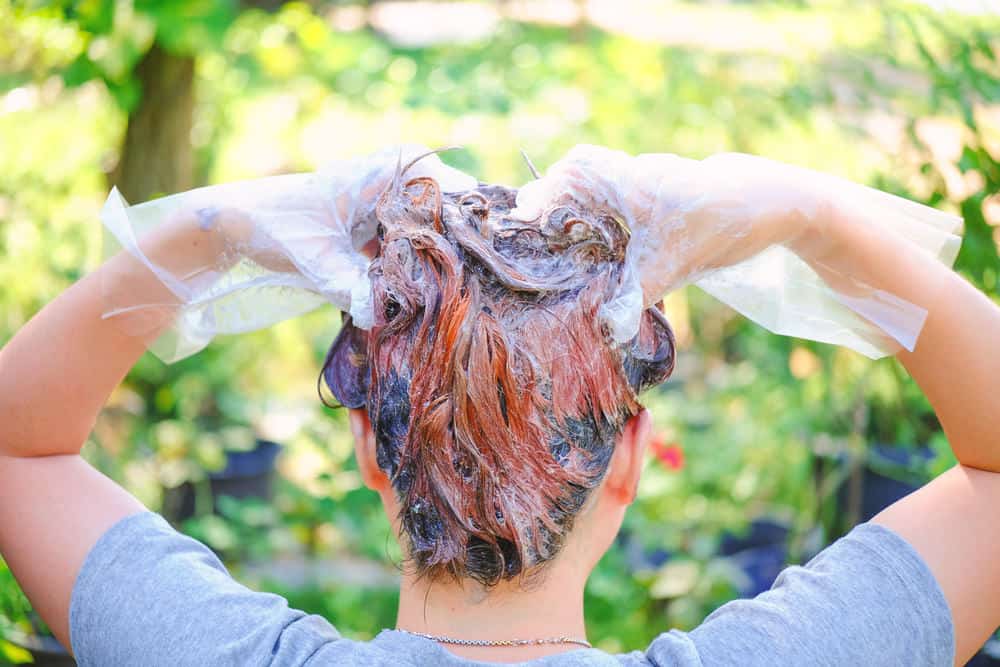 There are many ideas as to why women want to dye their hair, and when it comes down to it, it varies from woman to woman and has a lot to do with personal preference. Are you afraid to commit? Do you lack self-esteem? Are you trying to become someone else? Maybe you want to do something fun with your hair. All of these reasons are possible (and okay).
There are many ideas as to why women want to dye their hair, and when it comes down to it, it varies from woman to woman and has a lot to do with personal preference. Are you afraid to commit? Do you lack self-esteem? Are you trying to become someone else? Maybe you want to do something fun with your hair. All of these reasons are possible (and okay).
Want to change your hair color but are afraid of what others will say? First of all, remember that changing your hair color is not forever. Yes, once you dye your hair, a little maintenance is required to keep it (or change your new look), but it doesn’t have to be your forever color.
Unless your place of employment has strict rules against changing the color of your hair, nothing should stop you from wanting to dye your hair (especially if you’re an adult woman).
Have a friend who thinks red hair is ugly? Does your significant other insist you dye your hair black, but you would rather go brown? Your hair is your hair, and if no one likes the choices you make regarding your hair color, you don’t need that negativity in your life.
Whether born a blonde or brunette, you can change your hair color as often as you wish and always return to your natural color whenever you’re tired of dying your hair. Love your natural color as is and never want to change the color? That’s great, too.


